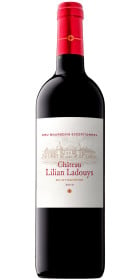
Wine and spirits masterpieces to your doorstep
Saint-Estèphe

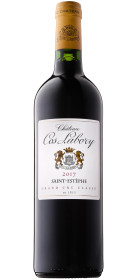
Château Cos Labory 2017
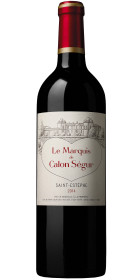
Le Marquis de Calon Ségur 2014
- Bottle 0.75L
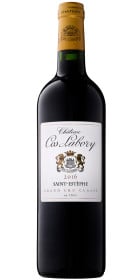
Château Cos Labory 2016
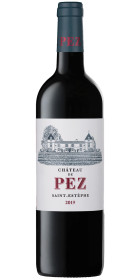
Château de Pez 2019
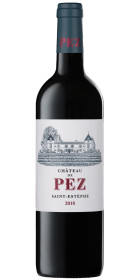
Château de Pez 2018
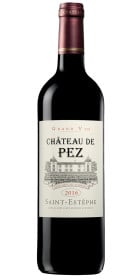
Château de Pez 2016
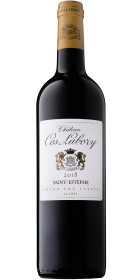
Château Cos Labory 2018
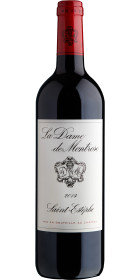
La Dame de Montrose 2014
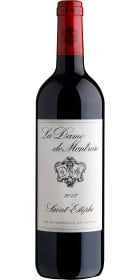
La Dame de Montrose 2017
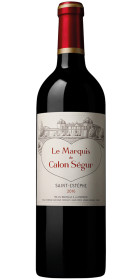
Le Marquis de Calon Ségur 2016
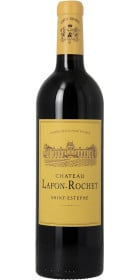
Château Lafon-Rochet 2014
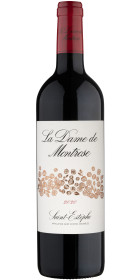
La Dame de Montrose 2020
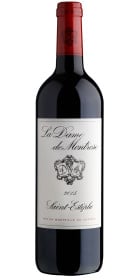
La Dame de Montrose 2015
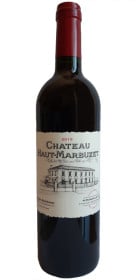
Château Haut-Marbuzet 2019
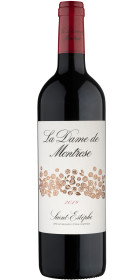
La Dame de Montrose 2019
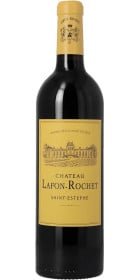
Château Lafon-Rochet 2015
- Bottle 0.75L
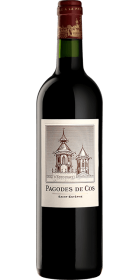
Pagodes de Cos 2014
- Bottle 0.75L
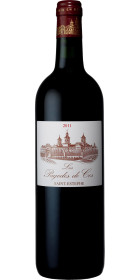
Pagodes de Cos 2011
- Bottle 0.75L
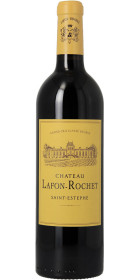
Château Lafon-Rochet 2016
- Bottle 0.75L
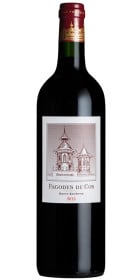
Pagodes de Cos 2015
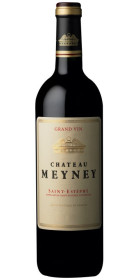
Château Meyney 1996
- Bottle 0.75L
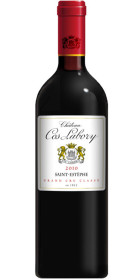
Château Cos Labory 2010
- Bottle 0.75L
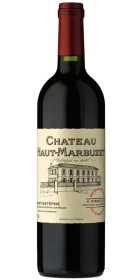
Château Haut-Marbuzet 2005
The appellation Saint-Estèphe is the most northern of the eight appellations of the Medoc, on the Rive gauche of Bordeaux. Its vineyard is located on the eponymous commune and constitutes an enclave between Pauillac to the south, from which it is separated by a simple stream, and Haut-Médoc to the north. It covers an area of nearly 1200 hectares of vines for a production of about 70,000 hectoliters of red wine.
A total of 5 Grands Crus Classés in 1855 are located in Saint-Estèphe. Benefiting from a terroir of gravelly hilltops slightly more clayey than the other AOCs, the wines of Saint-Estèphe are mostly powerful and robust, but they also show a great finesse very well combined with their fleshy structure.
What are the typical characteristics of the Saint-Estèphe appellation?
The vineyard of Saint-Estèphe is based on gravel soils which offer several advantages: a natural drainage of the soil, which avoids that water stagnates on the surface, a storage of solar heat which is restored to the vine once the night falls, and finally the gravels preserve the humidity necessary for the vine. The presence of clayey layers favors a good resistance of the vines to hydric stress in years of strong drought. Another specificity is the presence of marine limestone which outcrops in some places of the appellation.
These soils allow several grape varieties to flourish: Cabernet Sauvignon and Merlot for the most part, as well as to a lesser extent Cabernet Franc and Petit Verdot.
- The Cabernet Sauvignon brings to the wines aromas of blackcurrant, black fruits and menthol. Moreover, it predestines them for ageing thanks to the structured and fleshy tannins it gives them.
- The second major grape variety is Merlot, which appreciates gravelly soils but also clay-limestone soils that offer better water regulation. As a result, its proportion is quite high at Saint-Estèphe, where it attenuates the tannic dimension of Cabernet Sauvignon in the blends and brings aromas of fleshy red fruits and plum.
- In smaller proportions, Cabernet Franc gives the wines aromatic freshness and elegant tannins.
- Petit Verdot is also in the minority, and brings color and aromatic bouquet to the wines.
What are the emblematic properties of the appellation Saint-Estèphe?
The appellation Saint-Estèphe includes a total of 5 Grands Crus Classés in 1855:
- 2 Sec Grands Crus Classés : Château Cos d'Estournel, Château Montrose
- 1 Third Grand Cru Classé : Château Calon Ségur
- 1 Fourth Grand Cru Classé : Château Lafon-Rochet
- 1 Fifth Grand Cru Classé
